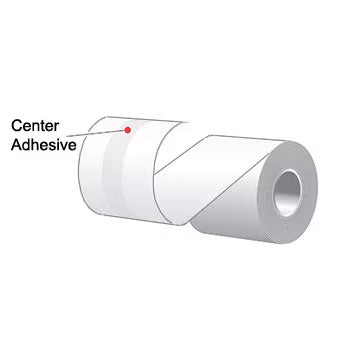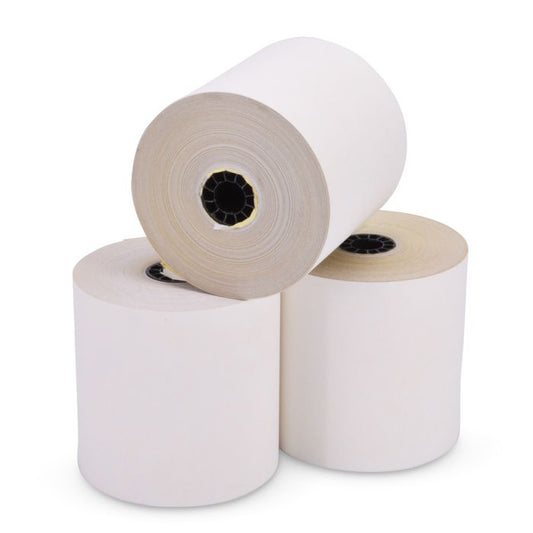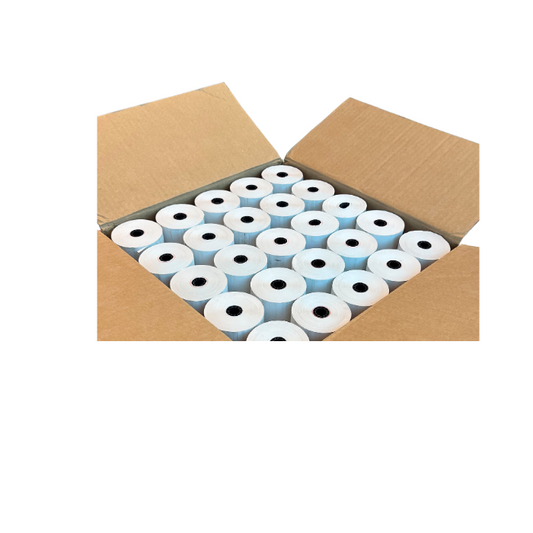
Grease, Heat, and Downtime: Why Proper KDS Filters Aren’t Optional
Share
Your Kitchen Display System (KDS) is the heartbeat of your kitchen. Managing orders, streamlining communication, and keeping your team moving through every rush.
But one small, often-overlooked component decides whether that heartbeat stays strong or starts to skip: the KDS filter.
Many operators underestimate its importance, assuming a simple mesh screen or open-air setup is good enough. The truth? Without the right filter, you’re risking your entire POS hardware investment.
What a KDS Filter Actually Does
Your KDS works in one of the most demanding environments, surrounded by heat, grease, steam, and constant motion.
A proper filter acts as your system’s first line of defense. It lets clean air flow through while blocking grease, dust, and debris that can harm internal components.
An effective KDS filter helps:
- Maintain safe internal temperatures
- Prevent overheating and premature failure
- Keep performance fast and responsive during peak hours
Without it, every fry, grill, and sizzle sends microscopic grease particles into your vents. They build up quietly until your display lags, slows down, or stops working altogether.

Why You Should Never Skip or Substitute an Unapproved KDS Filter
1. Equipment Protection That Substitutes Can’t Match
A missing or makeshift “filter substitute” (like mesh screens or extra cleaning) won’t trap fine grease particles. Over time, that means corrosion, clogged fans, and costly part replacements that could have been avoided.
2. Consistent Performance and Uptime
Grease buildup restricts airflow. Processors overheat. Displays freeze mid-rush.
The right filter keeps airflow steady, so your KDS stays quick, stable, and reliable even during the lunch rush.
3. Cleanliness and Compliance
Health and safety standards don’t stop at prep surfaces.
When your KDS collects visible grease or grime, it can affect hygiene scores and your kitchen’s image. Proper filtration keeps your system (and your reputation) clean.
4. Long-Term Cost Savings
A filter costs a few dollars. Replacing hardware costs hundreds or more.
Regular filter maintenance is one of the simplest ways to extend your KDS's life.
When to Replace or Clean Your KDS Filter
Your maintenance schedule depends on how busy your kitchen is:
| Environment Type | Check Frequency | Replace Frequency |
|---|---|---|
| Low volume | Every 2 months | Every 6 months |
| Medium volume | Monthly | Every 4–6 months |
| High volume | Every 2 weeks | Every 3 months |
Pro tip: If your filter looks greasy, dusty, or discolored, it’s overdue for replacement even if it’s ahead of schedule.
Use the Right Filter, Not a Workaround
Infor’s POS Webstore carries approved KDS filters designed for high-heat, high-grease environments where generic filters fail.
Regular replacement helps:
- Improve reliability
- Reduce service calls
- Protect your investment long-term
Before your next rush, take one minute to check your KDS filters. It’s a small habit that prevents big problems and keeps your kitchen running smoothly.






